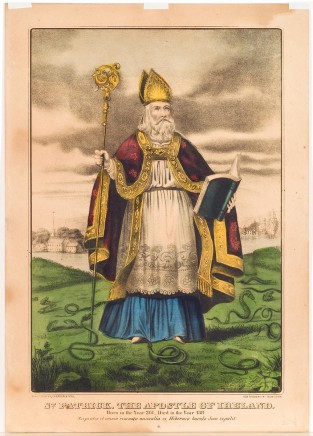River battle scene. Fort off to far left and center background. Three ships in forefront all flying American flag.
By the age of twelve, David Glasgow Farragut was a master seaman. As soon as he could, he entered the U. S. Navy and experienced great success. By 1822, he was promoted to lieutenant and then promoted again in 1844 to commander. Farragut was the commander-in-chief of the Navy during the Civil War. He is remembered in popular culture for his famous order at the Battle of Mobile Bay, “Damn the torpedoes, full speed ahead!” In December 1861, Farragut was placed in command of the West Gulf Blocking Squadron by Secretary of the Navy, Gideon Wells. His first command was to capture New Orleans, so Farragut spent two months training his squadron for the fight. He then moved against Fort Jackson and Fort St. Philip. These two forts guarded the river that led to New Orleans. His squadron consisted of twenty-four wooden ships and nineteen mortar boats. On April 24, 1862, Farragut and his squadron were successful in moving past the forts, and the next day, New Orleans surrendered. In this print, many enemy ships are ablaze and some of them are sinking, illustrating Farragut’s character as a fearless and triumphant naval leader.




